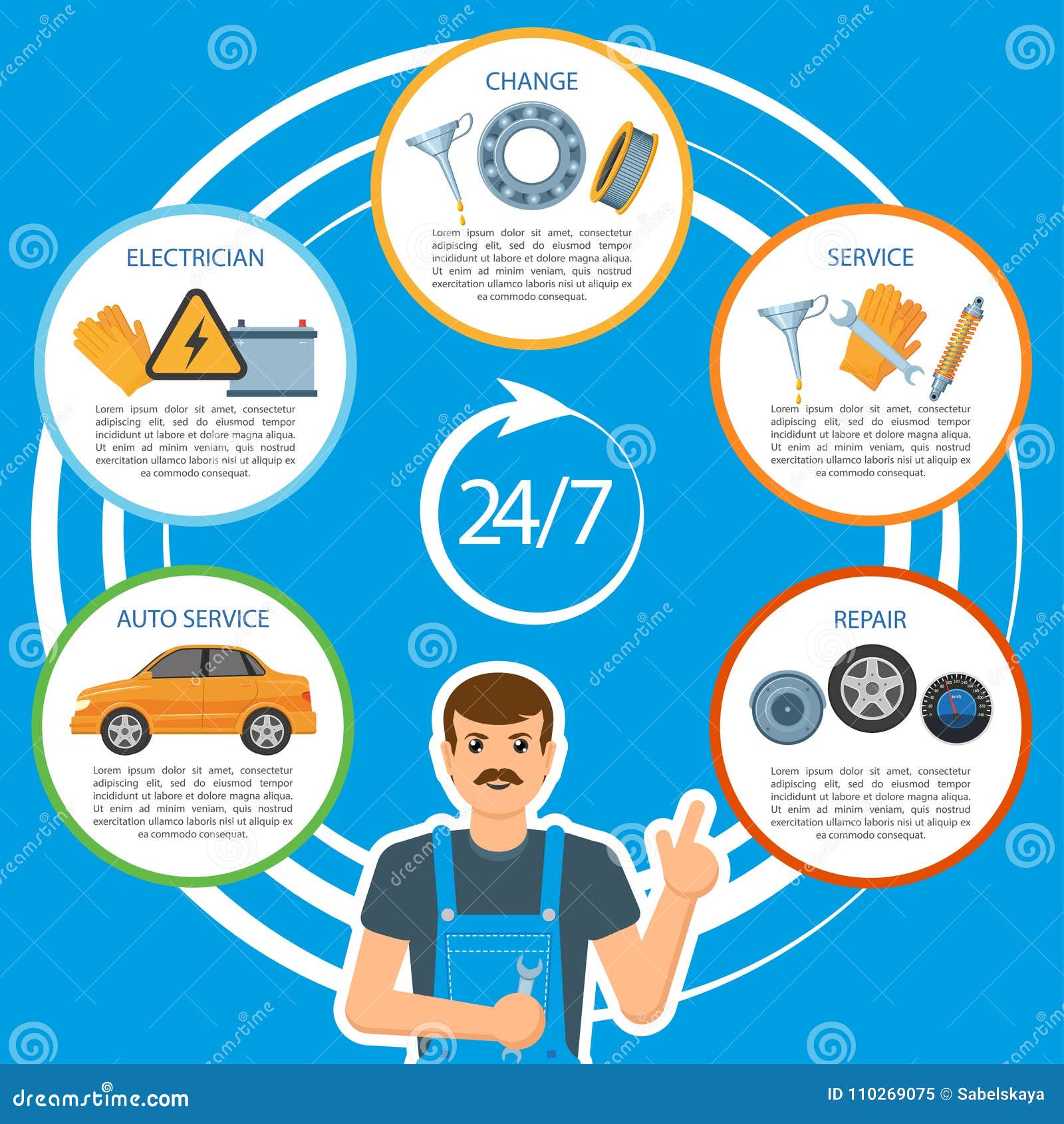Fascinated In Understanding The Caution Lights On Your Vehicle'S Dashboard? Discover Their Relevance For Your Automobile'S Security And General Problem
Fascinated In Understanding The Caution Lights On Your Vehicle'S Dashboard? Discover Their Relevance For Your Automobile'S Security And General Problem
Blog Article
Material Author-Faulkner Alvarado
When you lag the wheel, those radiant caution lights on your control panel can be a little bit puzzling. Do you know what they're attempting to inform you concerning your cars and truck's health and wellness? Recognizing the importance of these lights is important for your safety and security and the durability of your lorry. So, just click the following page following time one of those lights pops up, wouldn't you wish to decode its message precisely and take the necessary actions to address it?
Common Warning Lights and Interpretations
Identify typical caution lights in your automobile and understand their definitions to ensure risk-free driving.
One of the most typical caution lights include the check engine light, which indicates problems with the engine or discharges system. If this light comes on, it's critical to have your car inspected promptly.
The oil pressure advising light suggests reduced oil stress, needing instant focus to prevent engine damage.
A flashing battery light might recommend a defective billing system, possibly leaving you stranded otherwise attended to.
https://air-lift-performance39516.mdkblog.com/36827832/debunking-one-of-the-most-widespread-false-impressions-in-car-repair monitoring system (TPMS) light signals you to low tire stress, impacting automobile stability and gas effectiveness. Neglecting this can bring about harmful driving conditions.
The abdominal muscle light shows a problem with the anti-lock braking system, compromising your ability to quit rapidly in emergency situations.
Last but not least, the coolant temperature level alerting light warns of engine getting too hot, which can cause serious damages otherwise fixed swiftly.
Recognizing these typical warning lights will certainly help you deal with concerns without delay and maintain safe driving conditions.
Value of Prompt Interest
Recognizing the usual caution lights in your auto is only the first step; the importance of quickly dealing with these cautions can not be highlighted sufficient to ensure your safety and security when driving.
When a warning light brightens on your control panel, it's your car's method of communicating a prospective issue that requires focus. Neglecting these cautions can lead to a lot more extreme problems later on, compromising your safety and security and potentially costing you extra out of commission.
Prompt focus to advising lights can protect against failures and mishaps. For example, a flashing check engine light might indicate a misfire that, if left ignored, can cause damage to the catalytic converter. Addressing this promptly can save you from a pricey repair service.
Similarly, a brake system advising light could indicate reduced brake liquid or used brake pads, crucial parts for your safety when driving.
DIY Troubleshooting Tips
If you see a caution light on your control panel, there are a couple of DIY troubleshooting suggestions you can try before seeking specialist assistance.
The very first step is to consult your auto's handbook to understand what the details warning light suggests. Occasionally the issue can be as simple as a loose gas cap setting off the check engine light. Tightening the gas cap might settle the issue.
Another common concern is a reduced battery, which can trigger various advising lights. Inspecting the battery links for corrosion and ensuring they're safe may repair the problem.
If a caution light continues, you can attempt resetting it by detaching the auto's battery for a couple of mins and afterwards reconnecting it. Additionally, inspecting your automobile's fluid degrees, such as oil, coolant, and brake fluid, can aid fix warning lights associated with these systems.
Final thought
Finally, understanding your cars and truck's warning lights is necessary for keeping your car running efficiently and safely. By without delay attending to these informs and recognizing what they suggest, you can stay clear of costly repair work and potential failures.
Keep in mind to consult your vehicle's guidebook for particular information on each warning light and act appropriately to ensure a hassle-free driving experience.
Remain informed, stay risk-free when traveling!
